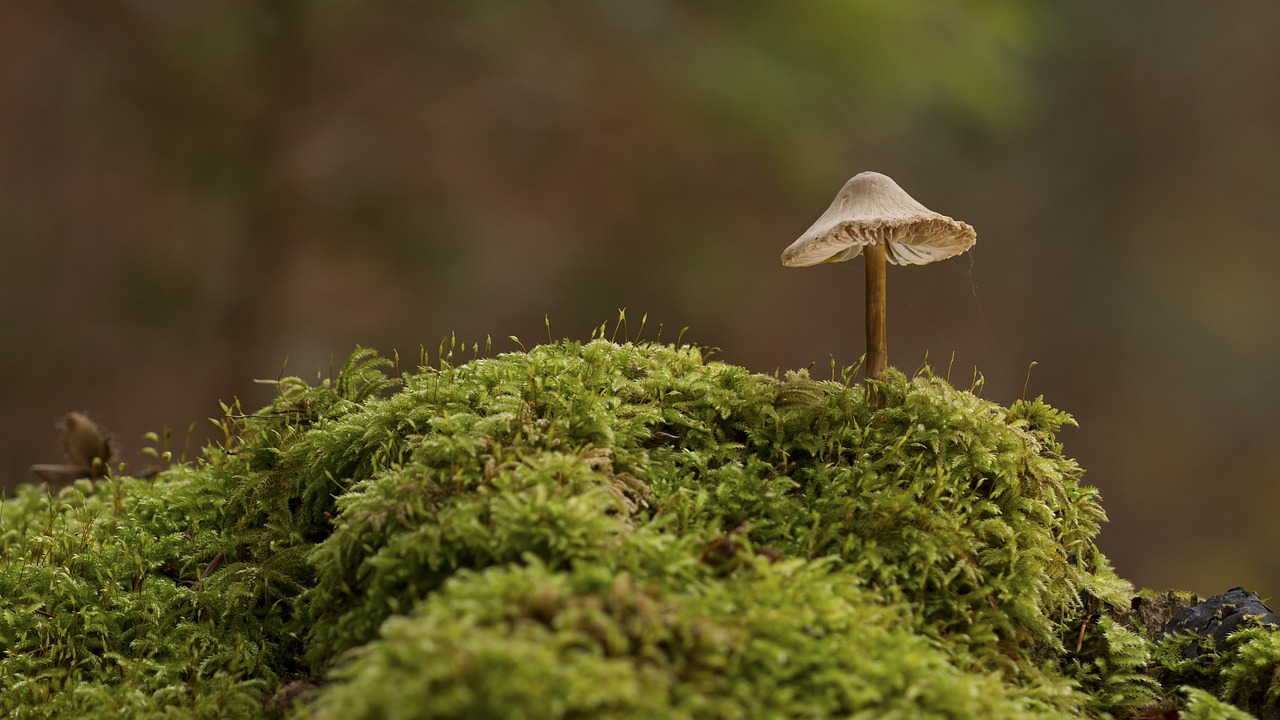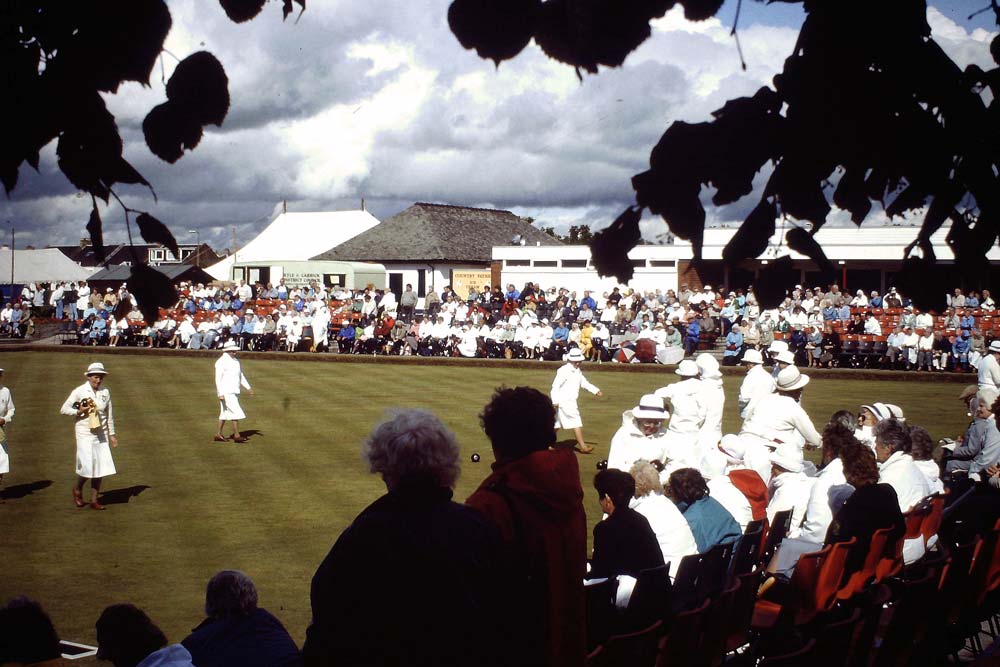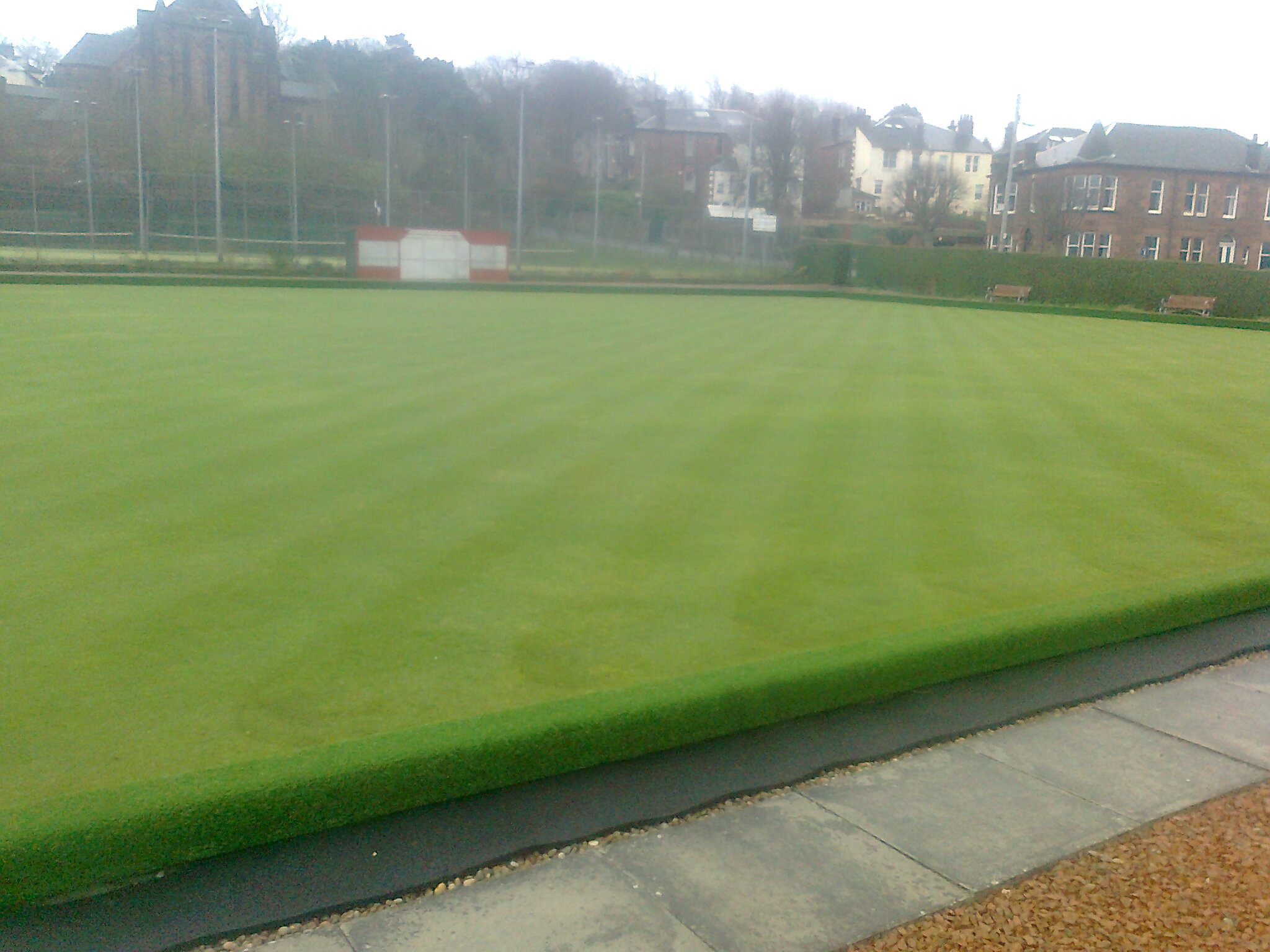
HOW CAN MOSS BE REMOVED FROM TURF
WHAT IS MOSS
There are thousands of different mosses, so for the purpose of this article I will talk purely of the main types which inhabit, and cause problems, in turf.
First we have to understand the difference between mosses and grasses.
Mosses are flowerless plants that are generally only one cell thick, and do not contain the vascular water transport system that most other plants contain. They reproduce by forming a capsule on the end of stalks that then burst, sending millions of seed spores into the air.
This is the main reason why moss is so successful, and why trying to remove moss from grass without first killing it, is only helping the plants to spread more rapidly.
The preferred habitat of moss
Moss loves damp, shaded areas, but it does require some sunlight to perform photosynthesis. This allows it to survive and thrive in any situation in a moist climate. Moss is very adept at absorbing moisture and can hold enormous quantities of water. This is most obvious in peat bogs, the ultimate moss habitat, but causes big problems when present in a managed grass sward.
How do we control moss in turf
A dry surface is an essential in controlling moss in turf. As explained above, moss loves wet conditions, and the more moss there is present, the more water is retained. This makes it more likely that the moss will become the dominant plant in the turf.
The most important moss control measure therefore is to ensure there is a good drainage system in place. Aeration by either forking, or using machinery, to slit, solid spike, or in very bad situations, hollow coring, find here, to remove cores of bad soil and thatch, is also essential.
Other measures that will help control moss
Direct sunlight and wind help to dry the surface, so ensure surrounding trees and hedges are thinned to ensure light and airflow are at the maximum possible infiltration.
Dress the surface regularly with a medium course sand, preferably after aerating, especially hollow coring.
Ensure the grass is healthy by ensuring there is adequate nutrition being applied over the season. Find here. This allows the grass to compete with the moss for space in the sward.
Moss loves a low PH, so materials such as calcified seaweed and charcoal can be used to raise the PH, and also help to dry the surface. Lime is a definite no in amenity turf, leading to many disease problems.
How do we kill the moss
The only way to kill moss at present is by applying Iron sulfate, either dry in powder form, or more effectively mixed with water and sprayed using a knapsack, find a knapsack here, mounted sprayer, or for small areas, a watering can. Iron can also be bought in chelated form, which gets into the plants quicker, but is a lot more expensive. We have good moss killers, for use in all seasons on our online shop. You can also find various others here.
Iron has the added benefit of acting as a grass hardener, that is, it helps to protect against disease and wear problems, and greens up the grass as well. Do not apply iron in drought conditions at any time as this can kill the stressed grass.
What to do when the moss is dead
The dead moss has to be removed as otherwise it will continue to hold water, and will not free up space for the grass to grow into.
The removal can be manual, using a spring tine rake, see here, which is only viable on smaller areas, or by using a powered scarifier. See here. This has a series of vertically rotating blades which remove the dead moss and throw it into a box on the machine for taking away. The dead moss can be used on the compost heap, mixed with grass clippings and other courser materials such as hedge and shrub cuttings.
After removal
Moss will constantly regenerate unless the underlying problems that encourage it`s formation are addressed.
There are many articles on this website to help you produce a good quality lawn, but what it comes down to is a constant effort throughout the years to improve drainage, and provide the conditions that grass enjoys, and moss does not. This will enable the grass to thrive, and consequently stop moss from gaining a foothold.



Nice post. Found it informative. Tips which you have shared are really recommendable. Will surely keep it in mind. Thanks for sharing!